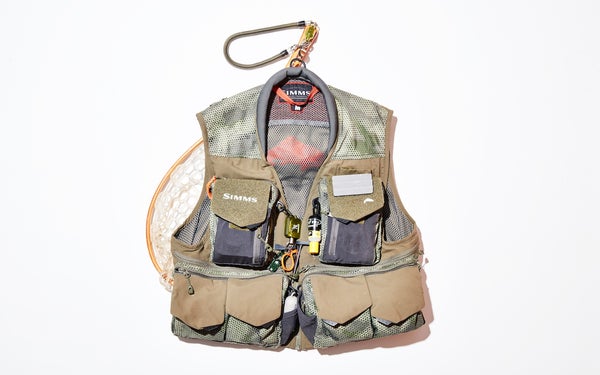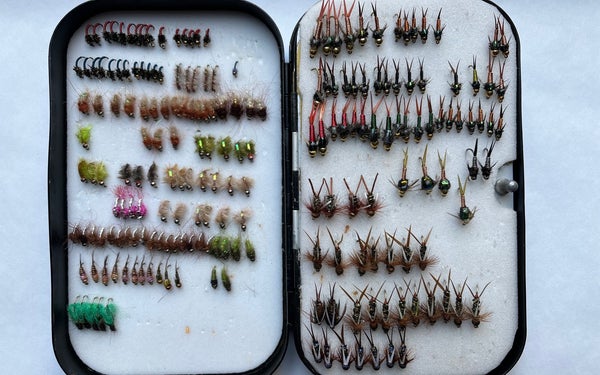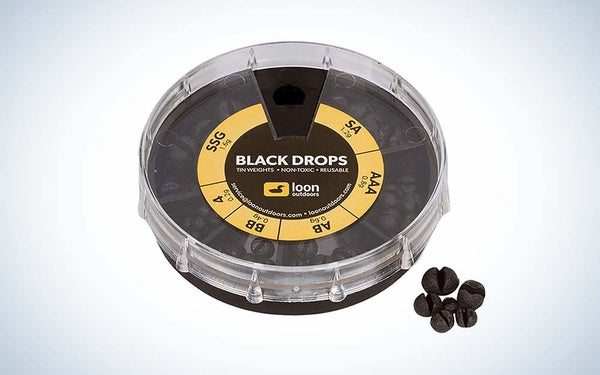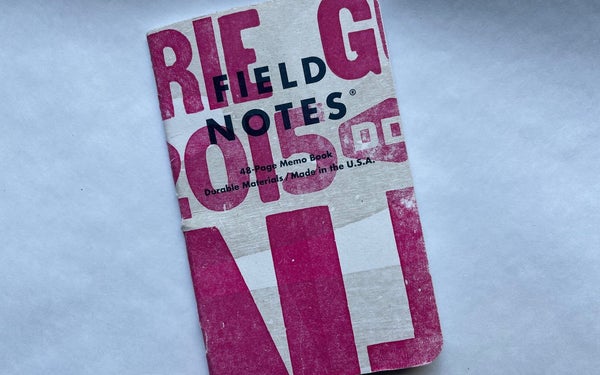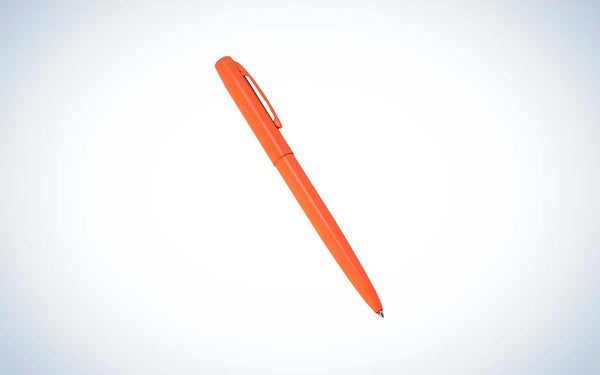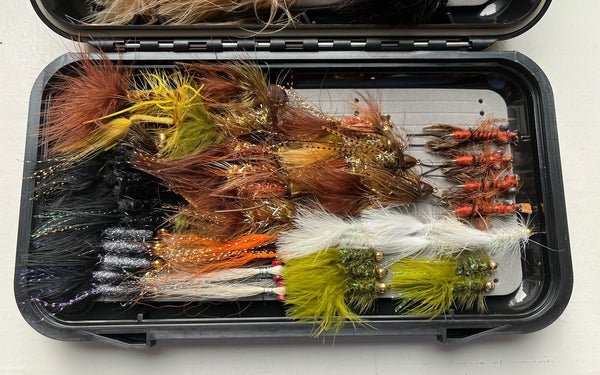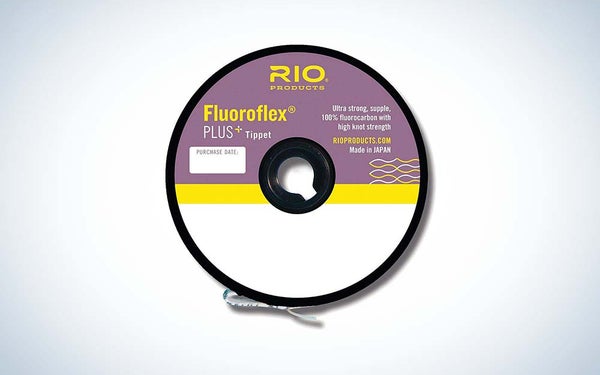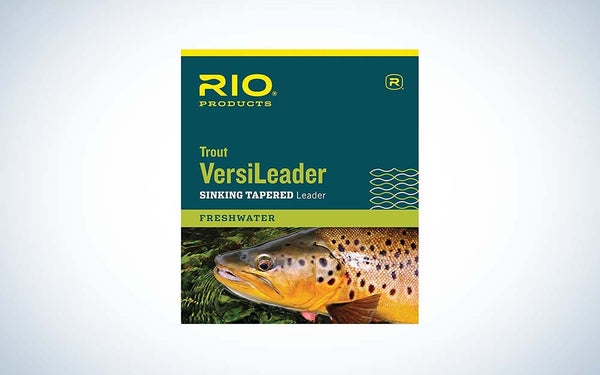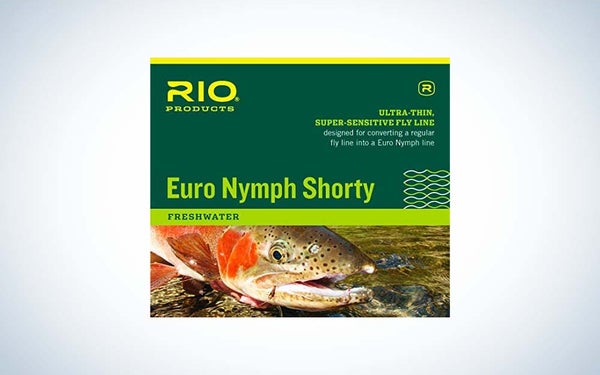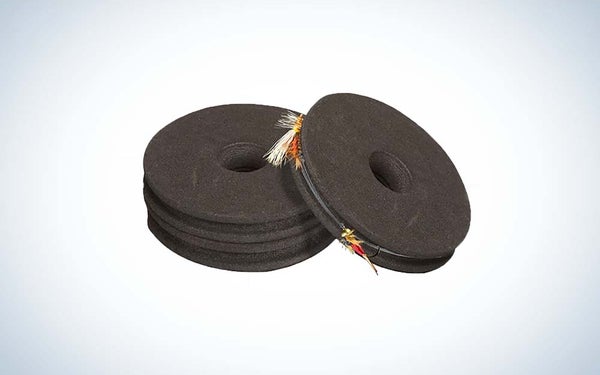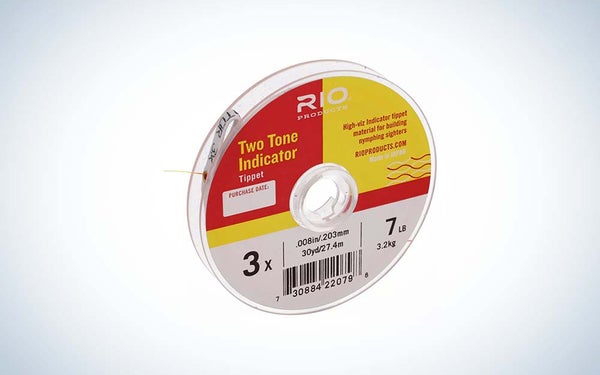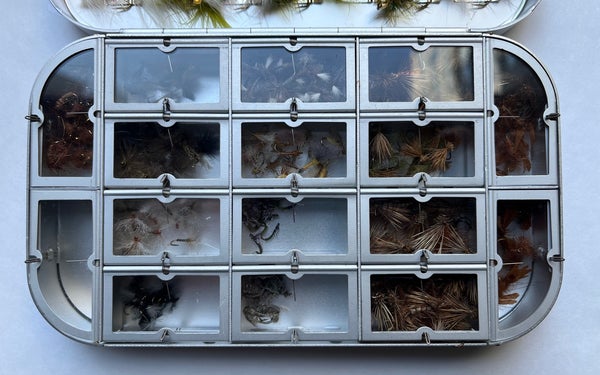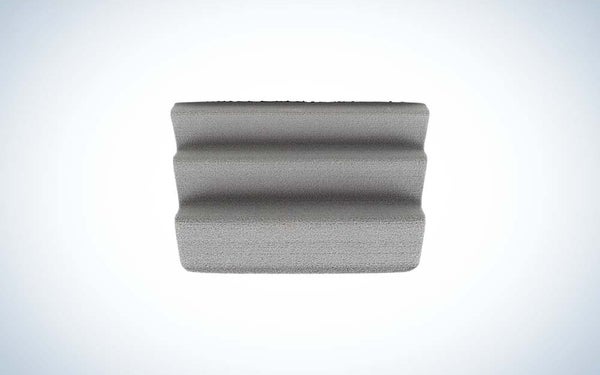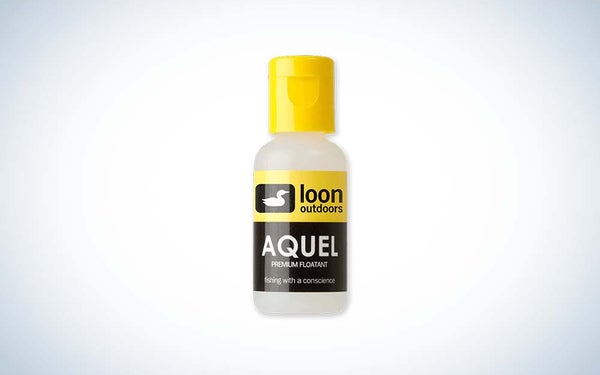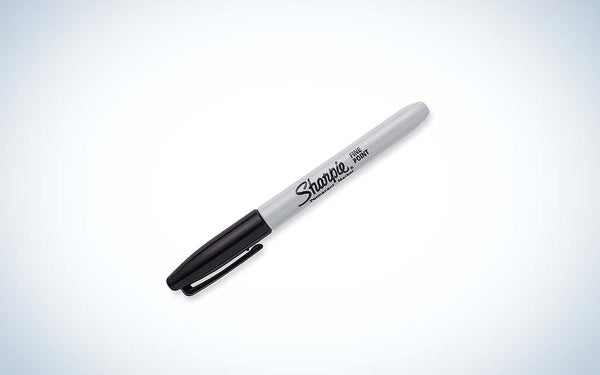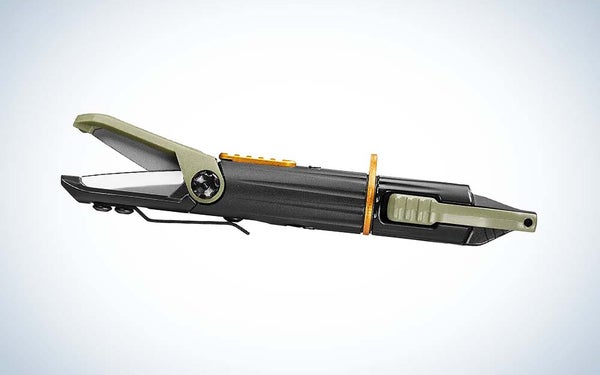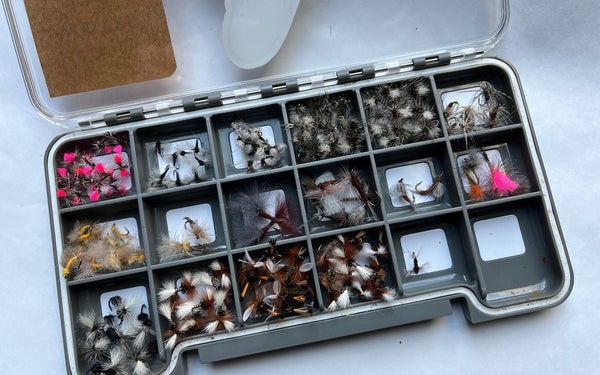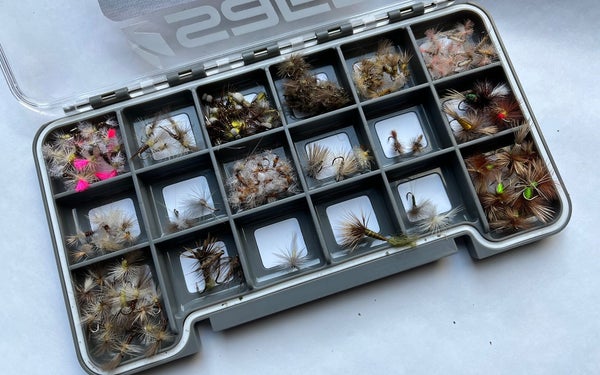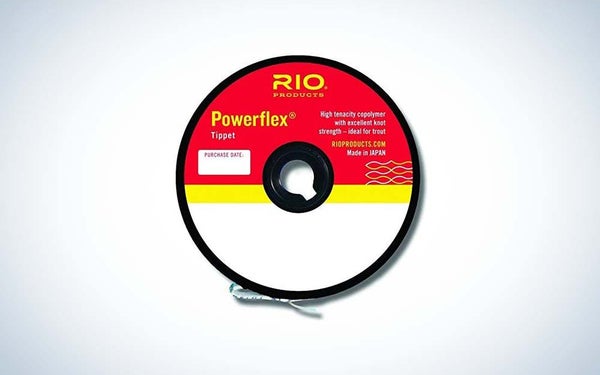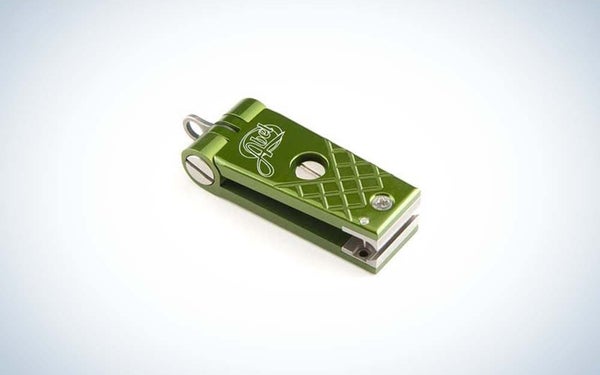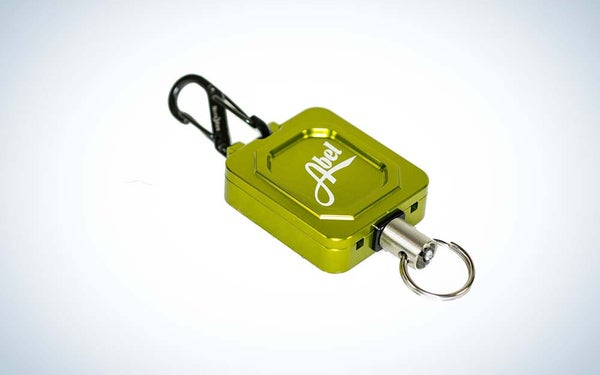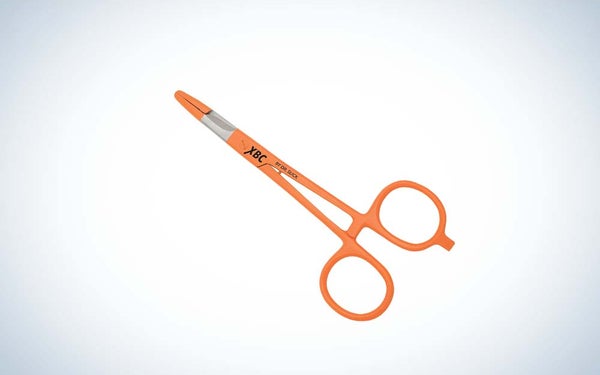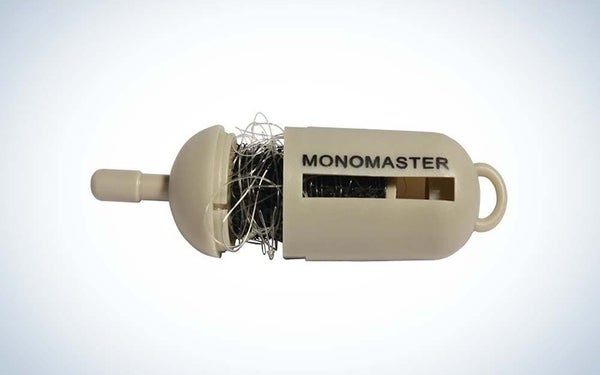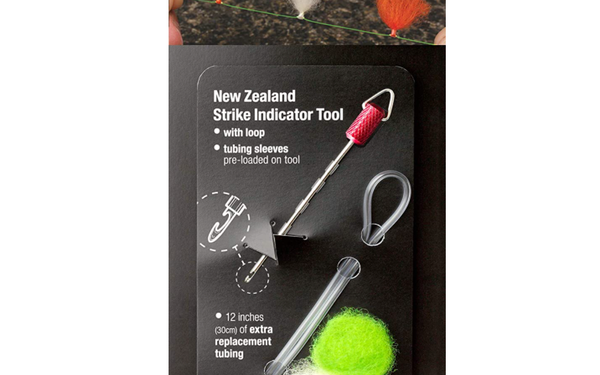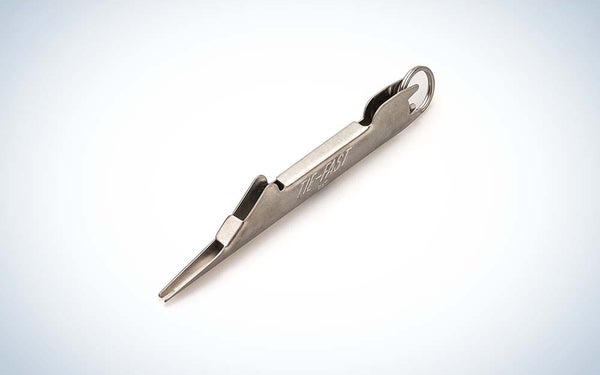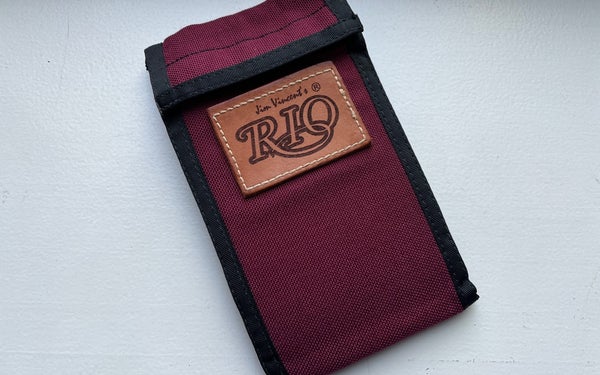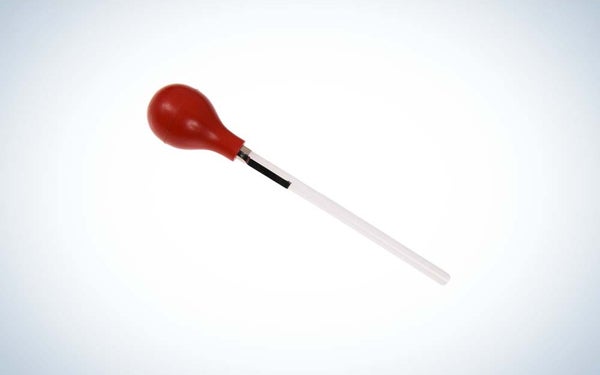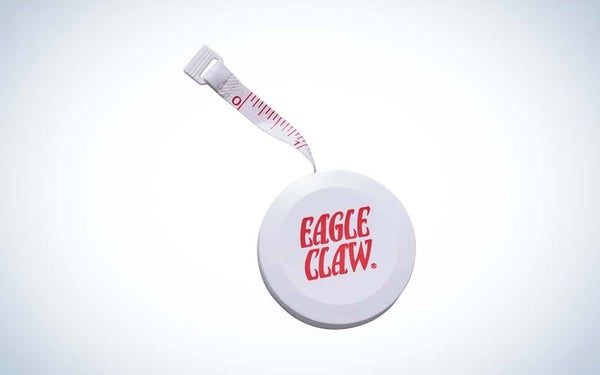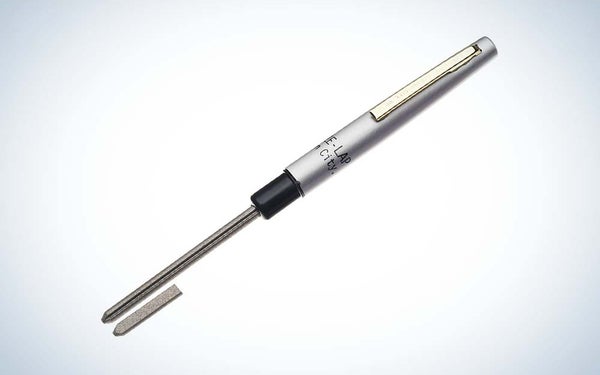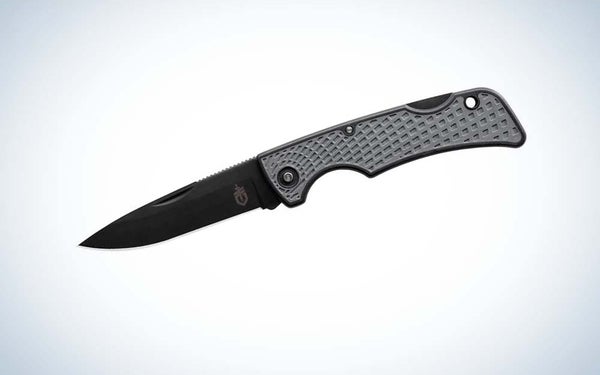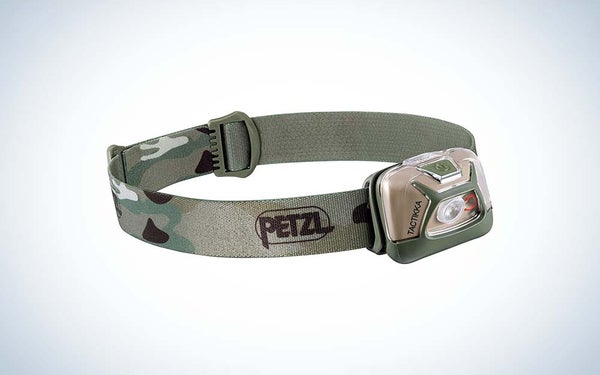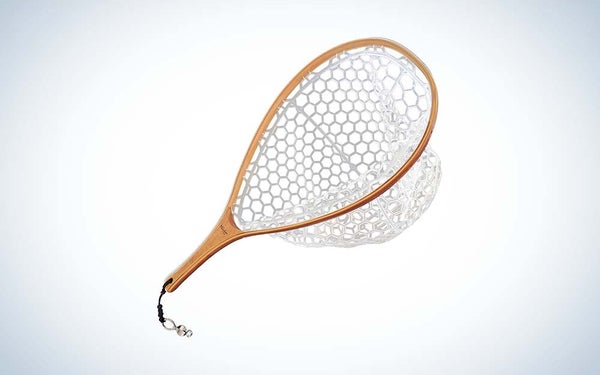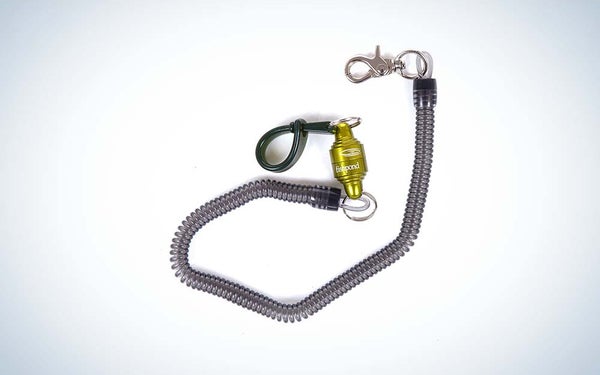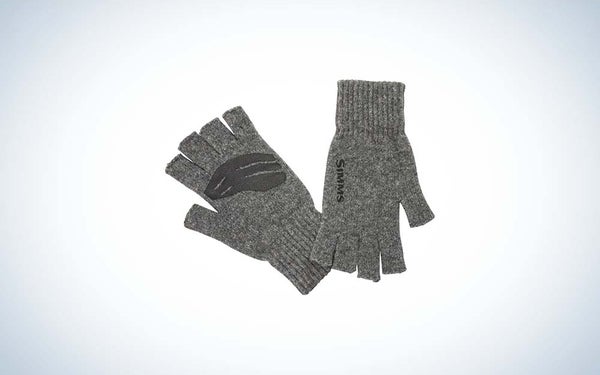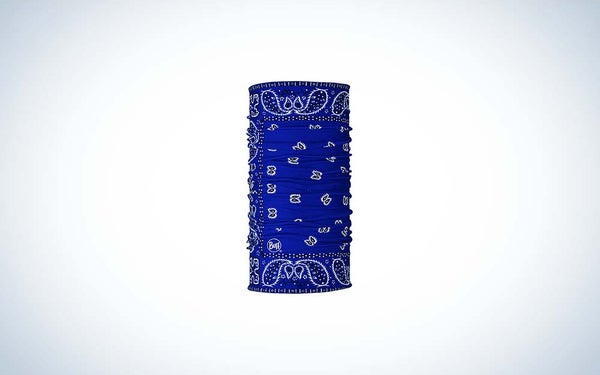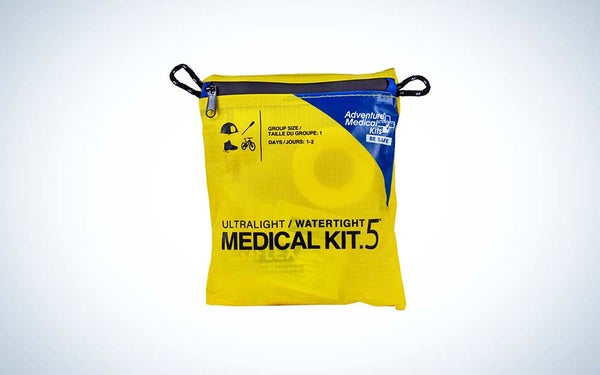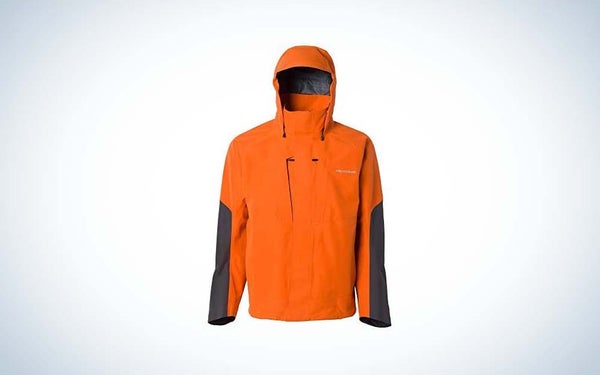How to Pack a Fly-Fishing Vest
Ever wonder what fly anglers stuff into those bulky vests? Here’s a pocket-by-pocket breakdown of one that belongs to a gear-obsessed trout bum

We may earn revenue from the products available on this page and participate in affiliate programs. Learn more ›
Back in June 2004, when I was just an intern for Field & Stream, one of the first story drafts I remember reading was a John Merwin article titled “Loaded for Trout.” As magazine features go, this one was very straightforward: Just four pages long, it featured huge photographs of Merwin’s actual trout vest complemented by pocket-by-pocket captions detailing the gear he carried. That’s it. No sweeping narrative. No adventurous setting. No grueling fish fights. And yet, to a 21-year-old trout-bum intern who probably thought he was the only person in the world interested in fly-vest organization, it was the coolest story ever written. “Loaded for Trout” is still one of my all-time favorite Field & Stream stories. Which is why I’ve decided to pay tribute to it, with a look inside my own fly-fishing vest.

Merwin wrote that his vest weighed 12 to 14 pounds, “depending mostly on what’s for lunch.” Fully loaded, mine only tips the scale at 10.8 pounds (and that’s with lunch). There are, however, a few pockets that remain empty. If I give it some thought—and visit my local fly shop—I could bulk my way closer to Merwin’s stature before this spring’s trout opener.
Following Merwin’s lead, I’ll cover my fly vest from the front, inside, and back. Let’s go.
The Front
Might as well start with the star of this show: I wear a Simms Guide Vest. During the 23 years I’ve been fly fishing, I have had long stints with both lumbar and sling packs, but a few years ago, I returned to wearing a vest—and I’m never going back. As you’re about to see, I carry a lot of gear on the stream, and I’ve found that a vest keeps everything organized better than packs do. What I love about my vest (aside from the 26 pockets) is how comfortable it is and how well it distributes the weight. (Trust me, 10.8 pounds adds up after a long day on the river.)
Upper Right
I think of this area as the Nymph Quadrant. At least 80 percent of the fishing I do on my home river is beneath the surface—and just about everything I need to do so is organized inside these pockets.
Nymph Box
I’ve been using this Richard Wheatley fly box for my nymphs since I was 17 years old. On the first two foam sleeves, I keep go-to flies—Copper Johns, Prince Nymphs, Pheasant Tails. The third and fourth sleeves are reserved for the bigger, gaudier stuff like San Juan Worms, giant stones, and egg patterns.
Strike Indicators
In my experience, the yarn-style indicators developed in New Zealand are the most effective strike indicators available. They’re easy to cast, they land gently, and they’re sensitive to subtle strikes. Over the course of a day, I have to treat the yarn with floatant a few times, but they stay buoyant for a remarkably long time. I also carry a few Thingamabobbers in an assortment of sizes and colors.
Split Shot
I mostly use nymphs that have tungsten beadheads, because I prefer to fish without split shot if I can get away with it. But sometimes, you just have to get deeper. I like the variety of (non-toxic) weights this kit from Loon offers.
Notebook
Sometimes when I fish, it’s for work. So I like to have a notebook handy to jot down any details before I forget them. Field Notes makes my favorites.
Weatherproof Pen
The Rite in the Rain Weatherpoof pen definitely lives up to its name: This thing will write in any weather, in any conditions. Go for the hi-viz blaze-orange model in case you drop it on the bank (or in the drink).
Lower Right
Streamer Box
By today’s standards, my streamer box is pretty basic. You won’t find many articulated meat flies in there—just the reliables like Clouser Minnows, Woolly Buggers, and crayfish.
Fluorocarbon Tippet
When I’m fishing nymphs and streamers, I use fluorocarbon tippet because it sinks better and is more low-viz than monofilament. Rio Fluoroflex has been my go-to for more than a decade.
Sinking Leader
Since I don’t have an extra spool for my trout reel armed with a sinking line, I keep a sinking-tapered leader handy. This thing quickly connects to the end of my fly line, allowing me to get streamers deep and in front of aggressive brown trout.
Euro Nymphing Fly Line
Last fall, I started dabbling with Euro nymphing. So far it’s, um, not going well. I have a lot to learn, but I’m going to stick with it. Should I become proficient enough at the technique that I don’t look like a flailing idiot on the stream, I’ll probably invest in a reel and line designed specifically for Euro nymphing. For now, though, Rio’s Euro Nymph Shorty is a cost-effective compromise. Similar to the sinking-tapered leader, this 11-foot line extension attaches to the end of my weight-forward-floating fly line, then I just complete the Euro-nymphing rig from there.
Foam Spools
When I’m not using them, I keep the sinking-tapered leader and the Euro Shorty wrapped around these handy foam rigging spools from Loon.
Indicator Tippet
I use this two-tone tippet from Rio to complete a rig, build my sighter (i.e. indicator), when I Euro nymph.
Upper Left
Here’s where you’ll start to get an even-clearer picture into my Type-A mindset: I sort subsurface gear and tackle on the right side of my vest; the left side (as you’re about to see) is for fishing the surface. I know, I know… In my defense, I told you at the start of all this that I’m a sucker for fly-vest organization.
Dry Fly Box
My wife gave me this Richard Wheatley dry fly box as a gift last Christmas. I’ve only used it a few times, but, along with my other Wheatley box for nymphs, it’s one of my most prized items of gear. I’m still in the process of determining which flies to keep in it, but for now it’s where I stow caddis and BWO patterns.
Fly Patch
When I change flies on the river, I stick the used ones on this patch so they have time to dry before I pack my gear and return the flies to their respective box at the end of the day.
Floatant
I carry a few kinds of floatant. I use Loon Aquel to treat any dry fly that floats on hackle fibers. For foamy terrestrials, I use a thicker paste. And for CDC dries, I apply a generous dusting of Frogs Fanny.
Permanent Marker
Here’s a gear tip I stole from Merwin’s “Loaded for Trout” story. He suggested packing a Sharpie to “leave a note for a buddy or darken a fly body.” I’ve had to leave a note, but the latter tip paid off several years ago. I was fishing for still-water trout in Colorado, and there was this one giant rainbow munching on the surface, over and over. I must’ve tried a half-dozen dries. All refused. The final bug I presented was a parachute hopper with a yellow body. The trout rose toward the fly…only to decline at the last second. Rather than tie on something brand new, I colored the fly’s body with the Sharpie. Next cast—boom!
I need to remember to try this trick more often.
Gerber Linedriver
Disclosure: This multitool is one of three items in my vest that I’ve never used. So why do I carry it? Because it’s cool and doesn’t weigh much.
Lower Left
Miscellaneous Dry Fly Box No. 1
Remember when I mentioned how 80 percent of the fishing I do on my home river is beneath the surface? Well, that doesn’t keep me from carrying one fly box mostly devoted to Trico patterns, Griffith’s Gnats, and attractors…
Miscellaneous Dry Fly Box No. 2
…and yet another fly box for PMDs and even more attractors.
Monofilament Tippet
When I’m fishing dry flies, I use mono tippet, which stays on top better than fluorocarbon does. For my money, it’s tough to beat the strength of Rio Powerflex.
Accessories
Nippers
Should anyone carry a pair of nippers this expensive? Hell. No. Were it not for my brother Brian who gave me this tool ages ago, I’d carry something cheaper. Instead, thanks to him, I get to use the Rolls Royce of nippers. And say what you will about the price, but 10 years later, the blades are still sharp.
Zinger
For Christmas the following year, Brian surprised me with this matching zinger from Abel. Again, this thing is exorbitantly overpriced. It’s also overbuilt and awesome and I love it.
Hemostats
These Dr. Slick hemos are, well, slick. I mostly use them to crimp split shot onto tippet, but the scissors are handy for trimming the yarn on my indicator. There’s also a pin for cleaning hook eyes and a flathead screwdriver for fly reel repairs.
Tippet Dumpster
Keep the river clean. Pitch your used (or bird-nested) leaders and tippet into a Monomaster.
Strike Indicator Tool
Nymphing with a New Zealand-style yarn indicator requires this tool. It’s super-easy to use and comes with enough extra tubing to last you for years.
Knot Tool
The iconic Tie-Fast has been dangling from fly angler’s vests for ages. If you need to tie a quick Nail Knot, there’s no better tool out there.
The Inside

Inside Right
Leader Wallet
Remember when Rio’s logo looked like this? Yes, my leader wallet is ancient, but it still does all it needs to do—keep my leaders organized. As for leaders, I fish Rio Powerflex tapered 9-foot 4X trout leaders. Another bit of terminal tackle I store in my wallet are tippet rings, which I’ve found really extend the lifespan of my leaders. Here’s how I rig them:
Gauging by touch/feel, I use my bougie nippers to clip the leader at the point where it tapers down to the 4X diameter, then I tie the butt end of the leader to a tippet ring with a Clinch Knot. Next, I tie the clipped-off length of 4X tippet to the ring, using a non-slip loop knot, such as a Rapala Knot. From there, I’ll complete the rig with a nymph or two. The reason I like a Rapala Knot here is because once I cast my line and the rig lands on the water, the tippet essentially dangles beneath the ring, perpendicular to the leader, getting the nymphs directly into the strike zone at the very beginning of a drift.
Stomach Pump
Here we have the second item of gear in my vest that I’ve never used. This gizmo allows you to check the stomach contents of a fish before you release it, so you can see what they’ve been eating—and better match the hatch. (Just writing that last sentence made me realize how helpful this thing could be. I gotta start using it.)
Grab Bag

Nothing too exciting here—just a bag I use for fire starters, duct tape, sunscreen, bug wipes, and, of course, toilet paper.
Tape Measure
For when you want to measure a trophy. (Adding an extra inch or three is up to you.)
Inside Left
Good Luck Charms

There’s not a thing inside this bag that I’ve ever used to catch fish. There’s also not a thing inside this bag that hasn’t helped me catch fish in the past. I’ve added a few new charms to this collection in recent years, but most are personal treasures that I’ve been carrying with me since I was 17, since my very first day of fly fishing.
Hook Sharpener
I once interviewed a trout guide who said he sharpens his hook after every fish he releases. I am nowhere close to that level of diligence, but I try to use this tool whenever I un-snag a fly hook from a tree branch or rock. Which is often.
Knife
Because every fly vest should have a dedicated knife. Besides, what else are you going to use to slice the summer sausage on the river bank? Not even $185 nippers can do that.
Headlamp
Similar to a pocketknife, every trout vest should have a dedicated headlamp. I use a Petzl Tactikka, but any model that has red/green/blue color modes—shades that minimize a fish-spooking glare on the water—will do the trick.
The Back

Accessories
Landing Net
Big trout or small trout, I take no chances—each one goes inside my Brodin net. I have had this net for years, and I’ve come to love the growing collection of scratches, courtesy of river rocks, around the rim.
Net Retractor
Fish Pond’s magnetic net release is the best net-release system there is—full stop. I say that as someone who’s lost nets connected to other similar systems.
Small Pocket
Gloves
Fall, winter, spring, summer—my pair of Simms fingerless gloves permanently lives in this pocket of my vest so that I always know where to find them.
Buff Face Mask
The original blue bandana Buff mask is the only way to go. I also keep a set of Buff finger guards in this pocket. If you’ve worn them for a full day of streamer fishing/stripping, you know what a godsend they can be.
First-Aid Kit
And here’s the third thing in my vest that I’ve never had to use. Phew. But you never know, which is why I carry it.
Candy Bars
Merwin packed Milky Ways. I like Take 5 bars. Like he wrote: “It’s easy to work up an appetite under the weight of a well-stocked trout vest.”
Big Pocket
Rain Jacket
This is the one piece of seasonal gear that I do not carry year-round. This beast, Grundens Buoy X jacket, only makes the pack list if rain is in the forecast. This jacket features hand-warmer pockets, interior neoprene cuffs, and an adjustable hood. No angler wants to fish in shitty weather if they don’t have to—but if they must, this jacket will keep them high and dry.
I’m usually a medium, but here I need a large. I could use every bit of extra space to fit over such a loaded vest.
